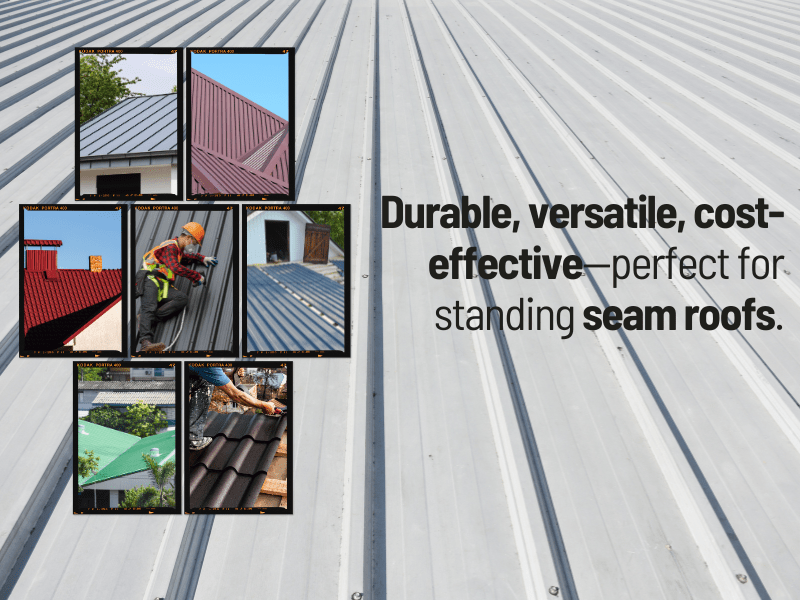
Why Are Aircraft Hangars Constructed with Steel Structures?
Home » Why Are Aircraft Hangars Constructed with Steel Structures

Aircraft hangars are vital structures designed to house and protect airplanes to ensure their safety and longevity. Modern hangars are predominantly constructed using steel because of its unmatched advantages in durability, efficiency and versatility. While steel hangars may have a higher initial construction cost, their long-term benefits outweigh the expenses and thus making them the most preferred choice for aviation facilities worldwide.
Advantages of Steel Structure Aircraft Hangars
- Fast Assembly – Steel structure hangars are designed for rapid assembly. Once the foundation is prepared, the prefabricated components along with pre-drilled or pre-perforated fastener holes, enables quick and efficient construction. This streamlined process minimizes the downtime and accelerates project completion.
- Reduced Insurance Costs – Steel structures are inherently robust and resistant to various risks, which in turn leads to lower insurance premiums. Insurance companies recognize the safety advantages of steel, making it a cost-effective option for long-term operational expenses.
- Resistant to Extreme Weather Conditions – Steel hangars are engineered to withstand harsh weather conditions, including high winds and heavy snow. Roof designs can handle wind loads of up to 270 km/h. The structural integrity is maintained even under heavy snow loads, ensuring safety and functionality in diverse climates.
- Corrosion, Rust and Pest Resistance – Steel used in aircraft hangars are usually coated with aluminum or other protective layers to resist corrosion and rust. Additionally, as an inorganic material, steel does not support mold growth or attract pests, which gives a long-lasting performance.
- Exceptional Earthquake Resistance – In seismic-prone areas, steel structures provide superior protection due to their flexibility and strength. Airports, classified as public Class A buildings, require immediate functionality post-disaster, and steel hangars meet this critical requirement.
- Large, Unobstructed Space – Steel hangars have vast spans without interior columns which helps in creating an open and unobstructed space. This design is ideal for accommodating aircraft of all sizes, making it easy for efficient use of space.
- Low Maintenance – Steel hangars require minimal upkeep. Annual inspections for loose or missing fasteners and sealing around openings are typically sufficient to maintain their structural integrity and appearance.
- Customizable Appearance – Steel structures allow for extensive customization in terms of color and design which enable hangars to blend seamlessly into their surroundings or reflect specific branding requirements. This flexibility helps in creating innovative designs while maintaining functionality.
Why Steel is the Future of Aircraft Hangars
Steel structures have become synonymous with modern aircraft hangars because of their ability to combine practicality with performance. Along with providing a safe and durable shelter for valuable aircraft they also offer cost-efficiency and adaptability to meet evolving industry needs.
Choosing steel for hangar construction is not just a decision for today but it’s an investment in durability, safety and sustainability for the future.
Recent Post


The 5 Prime Features of Portable Cabins

